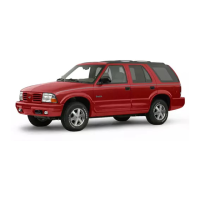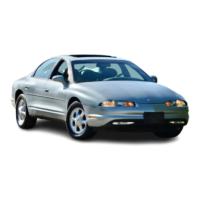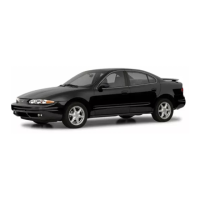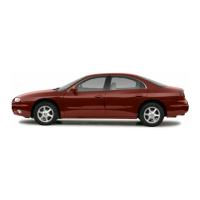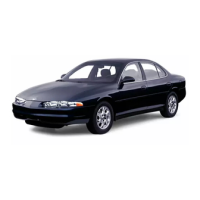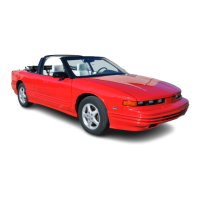Safety Chains
You
should always attach chains between your vehicle
and your trailer. Cross the safety chains under the tongue
of the trailer
so
that the tongue will not drop to the road
if
it
becomes separated from the hitch. Instructions
about safety chains may be provided by the hitch
manufacturer or by the trailer manufacturer.
Follow
the
manufxturer’s recommendation for attaching
safety
chains and do not attach them to the bumper.
Always
leave just enough slack
so
you can turn with
yot~l.
rig.
And, never allow safety chains to drag on the
ground.
Trailer Brakes
If
your trailer weighs more than
1,000
Ibs.
(450
kg)
loaded, then
it
needs its own brakes
--
and they IINIS~ be
adequate. Be sure to read and follow the instructions for
the trailer brakes
so
you’ll be able to install,
acl.jtlst
and
maintain them properly.
Your trailer’s brake system can tap into the vehicle’s
hydraulic brake system only if:
0
The trailer parts can withstand
3,000
psi
(20 650
kPa) of pressure.
0
The trailer’s brake system
will
use less than
0.02
cubic inch
(0.3
cc) of tluid from your vehicle’s
master cylinder. Otherwise, both braking systems
won’t work well.
You
could even lose your brakes.
If
everything checks out this far, then make the brake
fluid tap at the port on the master cylinder that sends
fluid to the rear brakes. But don’t use copper tubing for
this.
If
you do,
it
will
bend and finally break off. Use
steel brake tubing.
4-48
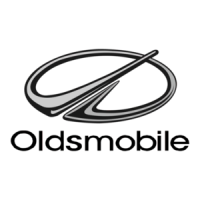
